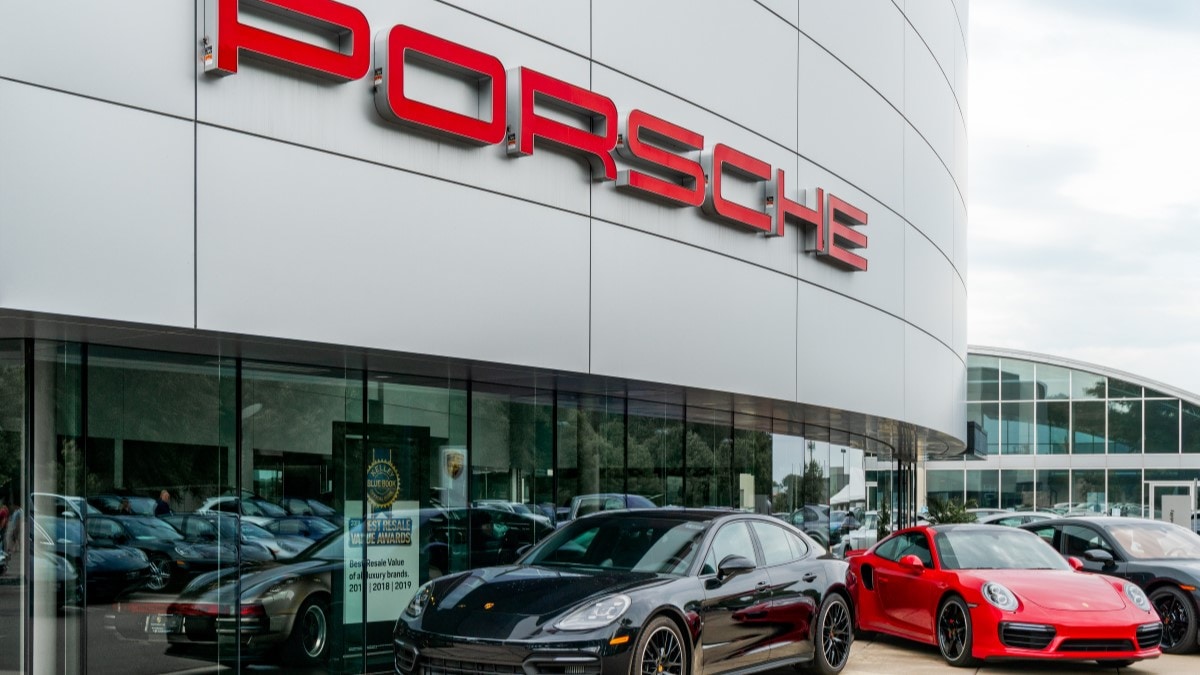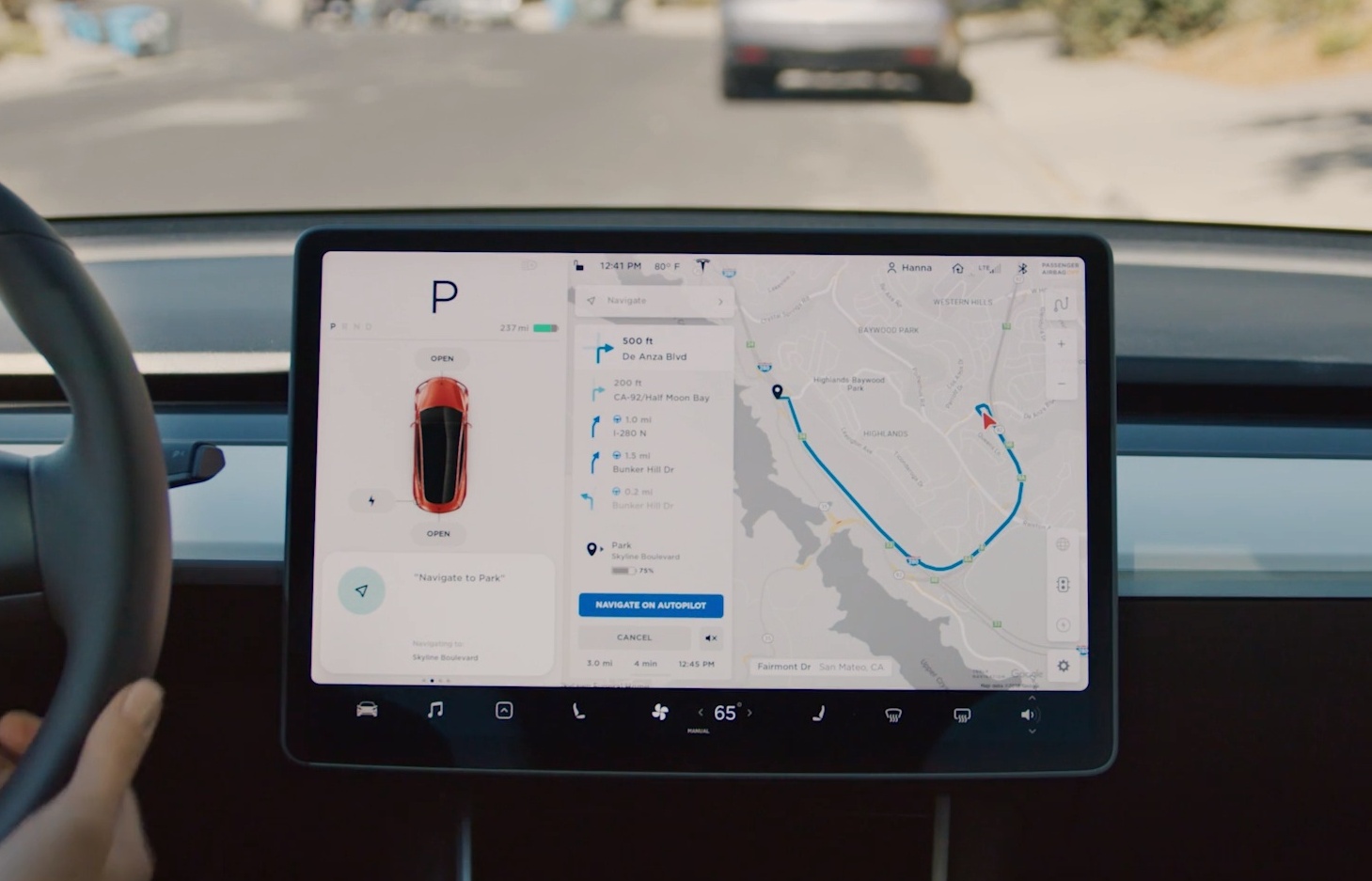The average new car buyer in America paid $47,218 in March – down 1% from March 2023 and down 5.4% from the market peak in December 2022.
There’s still room for prices to fall. The average remains 15.5% higher than in March of 2021. But prices for both new and used cars are in a slow, steady decline.
Supply and demand explain the trend. At the start of March, new-vehicle inventory in the U.S. stood near 2.74 million units, a 52% increase from one year earlier.
Incentives Growing
With a backlog of cars to sell, many dealers are once again offering discounts to entice buyers. Incentives made up 6.6% of the average transaction price (ATP) in March – more than double the discounts manufacturers offered a year ago. Incentives hit a low of 2.1% of transaction price when new cars were in short supply in September 2022 but have steadily increased along with inventory.
More automakers offered incentive packages over 10% of ATP in March compared to February. According to Kelley Blue Book estimates, incentives were highest for Polestar, Lucid, Tesla, Infiniti, Mini, Nissan, and Volkswagen. Only three automakers – Land Rover, Porsche, and Toyota – had incentives at or below 3.2% of ATP, the average incentive one year ago.
But Interest Rates, Lack of Inexpensive Models Still a Problem
Still, while manufacturers and dealers can offer attractive cash discounts on many new cars, stubbornly high interest rates keep many would-be car shoppers home.
“It bears repeating that historically high interest rates and associated inflation combined with an ever-widening deficit of available vehicles at lower price points, will continue to challenge affordability for most car buyers,” says Erin Keating, executive analyst for Kelley Blue Book parent company Cox Automotive.
The Federal Reserve had projected several interest rate cuts this year but has delayed the moves repeatedly as prices for some goods and services – like car insurance – remain stubbornly high.
That means that higher-income, better credit buyers can easily car shop while moderate-income and credit buyers stay away. In response, automakers have tailored their lineups toward higher-end tastes.
The industry’s vehicle mix and focus on luxury continue to make affording a new vehicle more difficult for the average consumer. In March, of the roughly 275 new-vehicle models available in the U.S. market, only eight had average transaction prices below $25,000, and only two transacted for less than $20,000.
Last month, 30 car models posted average transaction prices of over $100,000. In March, significantly more vehicles in the U.S. transacted at prices above $75,000 (sales of more than 81,000) than below $25,000 (nearly 52,000).
Cars with price tags under $25,000 are rare enough to prompt car dealers to warn factories they need more affordable options.
More Significant Discounts on Luxury Cars
Luxury vehicle incentives continue to be more generous than non-luxury.
In March, incentives in the luxury market averaged 7.5% of the sale price, down from February and more than twice the level seen one year ago.
The average luxury car sold for $62,067 in March, a decrease from February. Non-luxury vehicle incentives averaged 6.4% in March.
Non-luxury vehicles ATPs sold for an average of $44,083, down from February when prices were estimated at $44,548.
EV Prices Rose Slightly After Long Fall
The average electric vehicle (EV) sold for $54,021 in March, up from $53,707 the month before.
EV prices are still down 9.7% year-over-year.
After a quarter when Tesla’s price cuts pulled down overall EV prices, the market’s general EV price increased this month. That came partly due to increased prices for the Tesla Model 3.
Transaction prices for the Model 3 last month, at $46,169, were lower year over year by 5.6% but up 6.7% month over month.








